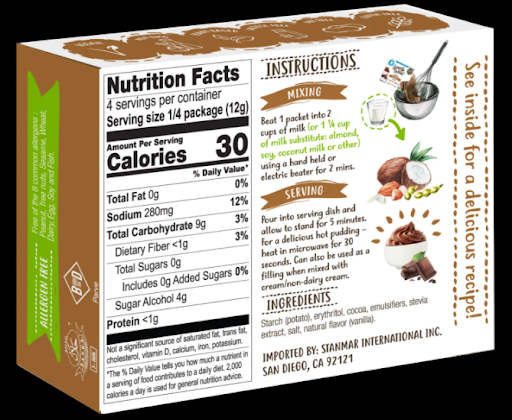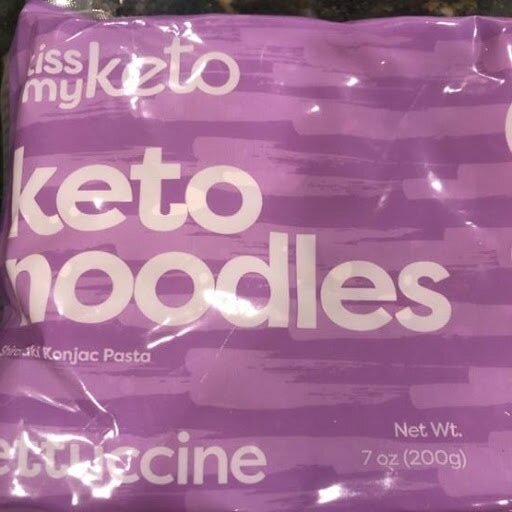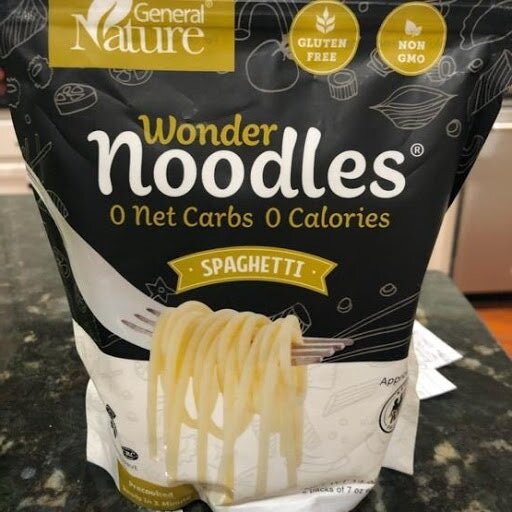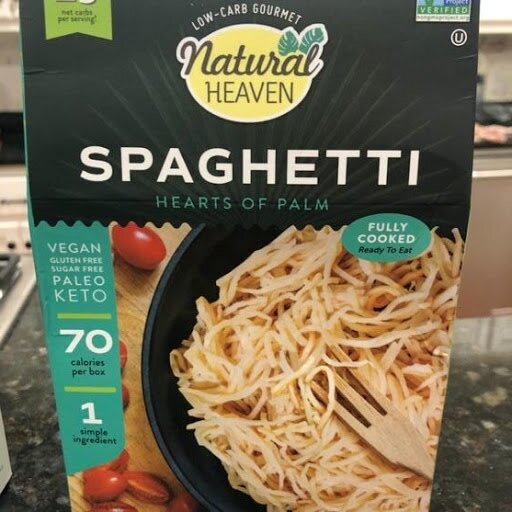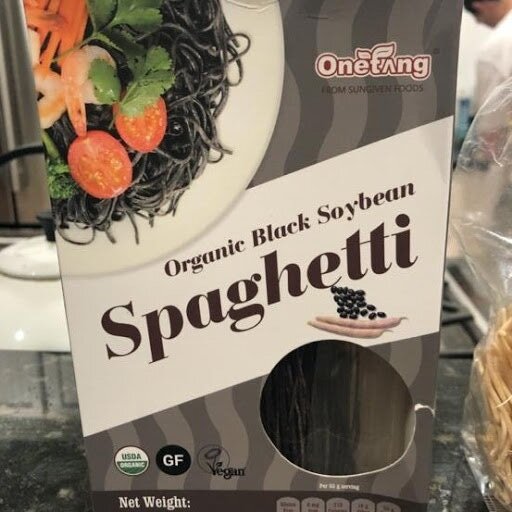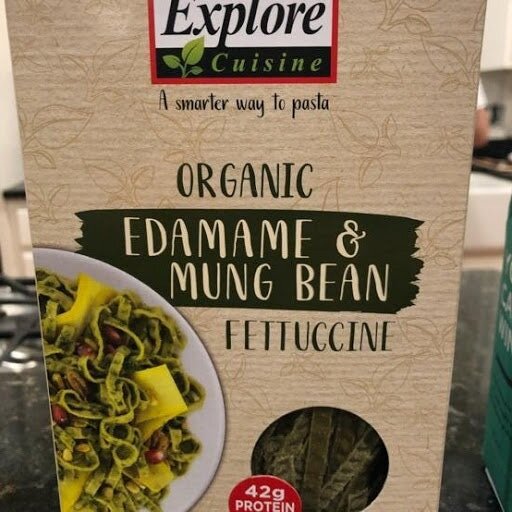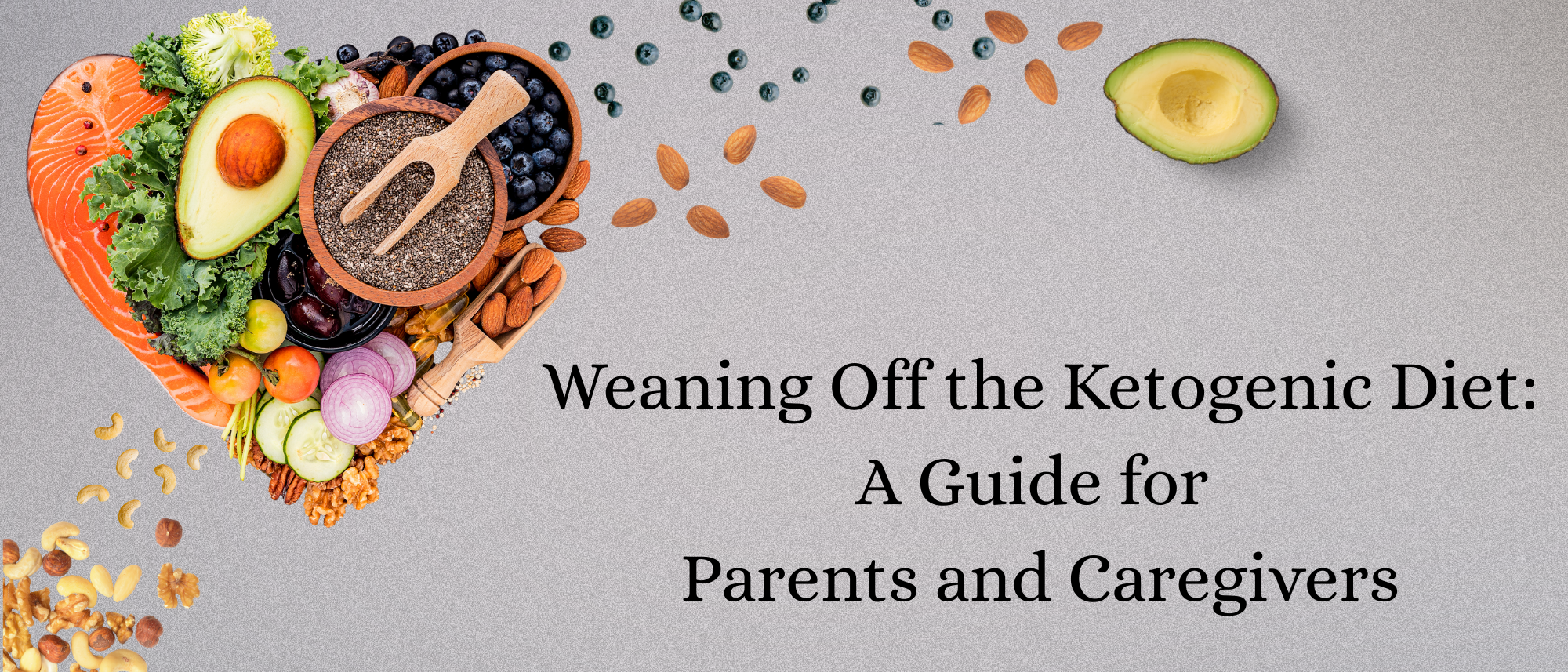Low-Carb Loaves: Our Review of Keto-Friendly Bread You Can Buy or Bake
/Recipe & Content Contributor: Taylor Parrish, RDN, LD
For anyone following a ketogenic diet, giving up bread can feel like one of the biggest sacrifices. Whether for sandwiches, toast, or a snack, bread is a staple many of us miss when transitioning to a low-carb, high-fat diet. Luckily, keto-friendly bread options are out there to help fill the gap. We’ve taste-tested both store-bought and homemade versions to bring you a comparison of the best keto breads on the market.
When it comes to finding a bread alternative, consider the following:
Texture: Many kids like the softness of wheat-based bread. Traditional breads use yeast, which gives them volume and texture. Yeast is typically not used in keto breads. Additionally, some keto breads can get chewy when toasted. It may take some trial and error to find the right one.
Fiber: Keto breads often use fiber to achieve "0 g net carbs," but some kids may be sensitive to it. Monitoring blood ketones after introducing high-fiber products can help assess tolerance.
Ingredients: Some keto breads contain GMOs and additives for emulsification and preservatives for longer shelf life. While not always ideal, these ingredients offer convenience. Freezing bread can extend shelf life, but it may affect texture after thawing.
Homemade vs. Store-Bought: Baking at home can be nostalgic, but homemade keto bread may not match the texture or taste of store-bought options. We found that Scotty's Keto Homemade Bread Mix was the closest homemade alternative.
Freezing Tips: Slice bread into individual servings, place parchment paper between slices, and freeze. Toasting frozen bread helps improve texture after thawing.
Fat Absorption: When choosing a keto bread, consider how it absorbs fat, especially if the bread contains protein, carbs, and minimal fat. Toasting it in butter on a skillet can help determine absorbency. Softer breads generally absorb fat better.
Adding flavored fats like nut butters as a topping can enhance both flavor and fat content.
Homemade breads made with coconut flour and xanthan gum absorb fat better than those made with almond flour, which is grainier and contains less fat.
Flavor: Homemade keto breads often taste "eggy." Adding a sweetener like Stevia can help balance this without making the bread too sweet. You can also top the bread with low-carb jelly alternatives, chia jams, or Dillman Farm Organic No Sugar Added Apple Butter.
Egg Whites in Keto Breads: Egg whites add volume when whipped to stiff peaks, making them a key ingredient in keto breads. However, mixing them with other ingredients can reduce their volume. They also brown faster than wheat flour, so lower cooking temperatures or covering with foil during baking are often needed to prevent over-browning.
Let’s move on to the fun stuff… store-bought bread highlights & tasting feedback!
#1: Aunt Millie’s Live Carb Smart White Bread
Soft and most absorbent
Tastes like regular bread
Easy to find in stores
Contains inulin (may cause GI upset) & resistant starches
Allergens: Soy, wheat, sesame
Nutrition per slice (28g): 30 kcals, 0.5 g fat, 3 g protein, 11 g total carbohydrate, 9 g fiber (2 g net carbs)
#2: Lewis Healthy Life Hawaiian Keto Bread
Third most absorbent but not as soft
Sweeter than normal bread
Easy to find in the store
Contains resistant starches and chicory root fiber (a fiber but also used for sweetness)
Allergens: Wheat
Yellow in color (has added turmeric)
Contains 1 g allulose*
Nutrition per slice (28 g) = 35 kcals, 1 g fat, 5 g protein, 9 g total carbohydrate, 8 g fiber (1 g net carbs*)
*Check with your keto team if you should subtract allulose as part of your net carb calculation.
#3: Aldi L’Oven Fresh Keto Friendly White Bread
Second most absorbent
Tastes like normal bread
Only found at Aldi’s
Contains inulin (can cause GI upset) & resistant starches
Allergens: Soy, wheat, sesame
Nutrition per slice (28 g) = 35 kcals, 1 g fat, 4 g protein, 10 g total carbohydrates, 10 g fiber (0 g net carbs)
#4: Base Culture Original Keto Bread
Least absorbent but with 7 grams of fat per slice, you may not need to add as much extra fat
Doesn’t taste like normal bread and very grainy
All whole food ingredients
Allergens: Eggs, tree nuts
Only found at Whole Foods in the frozen section & expensive
Nutrition per slice (30 g) – 100 kcals, 7 g fat, 3 g protein, 8 g total carbohydrates, 4 g fiber (4 g net carbs)
Don’t love any of these store-bought options? That’s okay, let’s look at some homemade bread recipes.
#5: “The Best Keto Bread Recipe”
Recipe Credit: Keto Connect
Not absorbent
Eggy texture and taste
Yellow in color
All whole food ingredients (optional Stevia, but didn’t help with egg taste)
Allergens: Tree nuts, eggs, dairy
Volume depends on stiff egg whites
Nutrition information for entire recipe**: 1846 kcals, 164 g fat, 74 g protein, 18 g net carbohydrates, 12 g fiber (1.8:1 keto ratio)
Full recipe information here.
#6: Wholesome Yum Keto Bread
Recipe Credit: Wholesome Yum
Somewhat absorbent
Coconut flavor with good texture
All whole food ingredients
Allergens: Tree nuts, eggs
Best to bake on a baking sheet and then cut in half once cooled
Volume depends on stiff egg whites
Nutrition information for ½ recipe**: 1167 calories, 109 g fat, 37 g protein, 11 g net carbohydrates, 9 g fiber (2.3:1 keto ratio)
Full recipe information here.
#7: Scotty’s Keto Bread Mix
You can bake a great homemade bread mix as a quick mix without yeast (no rise time needed) or add yeast for a more traditional way of making bread.
Most absorbent of all homemade bread options
Mild flavor with an airy and soft texture (similar to angel food cake)
Allergens: Egg
Doubled in size when baked (removed from oven early due to large volume increase)
Expensive
Nutrition information as a quick mix (1 bread mix package + 2 Tbsp olive oil)**: 564 kcals, 36 g fat, 36 g protein, 24 g net carbohydrates, 168 g fiber (0.6:1 keto ratio)
Full product information here.
Image note: Image reflects a product that was not fully cooked due to large volume increase. The volume will increase the longer the cook time.
#8: Microwave Bread Recipe
Dry Bread Mix Recipe (makes 10 servings):
30 g baking powder
2 g xanthan gum
2 g nutritional yeast
50 g dried egg white
116 g almond flour
Nutrition information for dry ingredient mix (entire batch)**: 905 kcals, 62 g fat, 66 g protein, 20 g net carbohydrates, 10 g fiber (0.7:1 keto ratio)
Directions: Mix all ingredients together. Combine 20 grams of mix with 2 Tbsp water and 10-20 grams of fat (depending on ratio) in a microwave-safe dish. Microwave for 1 minute and 40 seconds. Let cool and then slice down center.
Image shows bread as part of a grilled cheese sandwich.
Note: I used an air fryer at 350°F for 9 minutes in a container since I don’t have a microwave.
Buttery flavor with a grainy & oily texture that is not soft
Allergens: Egg, tree nuts
You can vary the amount of fat added – we tried 10 g and 20 g but found 20 g was too much
Easy to make a batch recipe to have a dry bread mix on hand then just add water and butter when needed.
A quick option since you can make it in a microwave.
And the Winner Is……?
This photo showcases breads #1-7 from left to right (#8 not pictured). The top row features the "raw" breads (not toasted and without added fat), the middle row displays the toasted bread, and the bottom row highlights the bread toasted slowly on a skillet with 15 grams of butter.
Most of my crew liked Aunt Millie’s Live Carb Smart White Bread, which was the softest option and absorbed fat the best—making it our overall winner! Most of the store-bought options we tried were well received, except for Base Culture Original Keto Bread, which no one liked. The Aldi L’Oven Fresh Keto Friendly White Bread came in second for both softness and fat absorption, making it an excellent and easily accessible choice if you have an Aldi nearby.
Among the homemade options, the Wholesome Yum bread was the overall favorite, though it had a distinct coconut flavor that might not appeal to everyone. Scotty’s Keto Bread Mix was also popular for its flavor, softness, and absorbency. In general, the homemade bread options did not absorb fat as well as the store-bought, which is important if you're following a high-keto diet that requires a lot of added fats.
My family had a great time experimenting with these bread options and we certainly met our fiber goals in the process. Please share your favorite keto-friendly bread recipe or product, and let us know what food adventure you'd like us to explore next!
**KetoDietCalculator was used to calculate nutrition information for homemade bread recipes. Exact nutrition information will vary based on specific ingredient brands used.
Disclaimer: This blog post is not sponsored and the opinions reflected in this article are our own. Availability of products at retailers is subject to change.
































